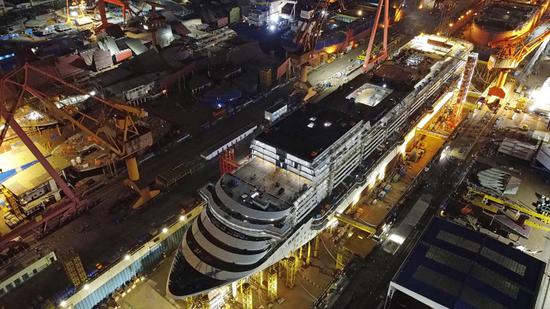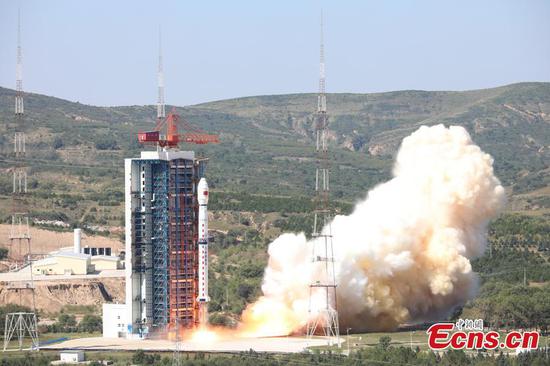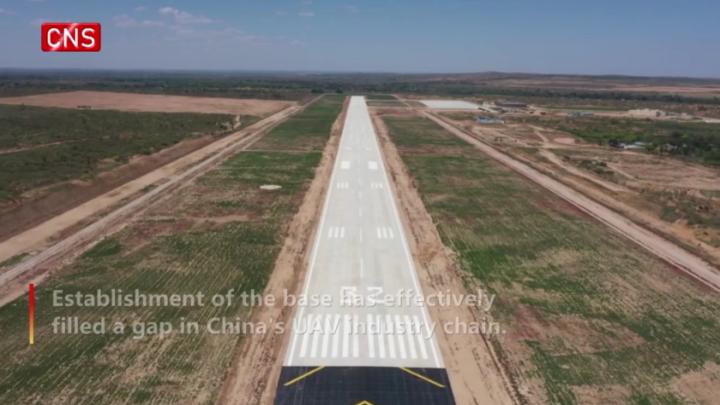The booming digitalization trend is driving China's endeavor of building a smart civil aviation industry to boost sustainable development.
To give full play to digital technologies, civil aviation authorities will integrate the "smart" concept and technologies into industry growth in the 14th Five-Year Plan period (2021-2025), according to the Civil Aviation Administration of China (CAAC).
The move to create smart civil aviation is expected to provide new room for industry development and drive high-quality and high-efficiency growth of this sector, with digitalization as the key driving force.
DRIVING DIGITAL TRANSFORMATION
Since 2010, China's civil aviation sector has remained the world's second-largest in terms of passenger throughput.
The aviation industry generates and processes massive amounts of data along its long industrial chain, making it naturally more adaptive to the wave of digitization. The application of digital technologies is of great importance to ensuring safety, efficiency and sustainable growth.
The CAAC is committed to making the entire industry smart by integrating new-generation digital technologies into the whole industry -- from air travel, air logistics and customs clearance, to the industry's operation and supervision, according to the CAAC's smart aviation strategy.
The CAAC is actively promoting the radio frequency identification (RFID) technology in luggage tracking, automatic luggage check-in, facial recognition, and intelligent inquiry services, among others.
China's major airports will enhance their luggage management service capabilities. Within this year, all major airports with annual passenger throughput exceeding 10 million will apply RFID.
The CAAC is also encouraging innovation in related technologies and drafting tech roadmaps in fields such as in-flight internet surfing on commercial airplanes.
In a recently issued tech roadmap, the CAAC showed the development path for the new-generation broadband communication technologies, represented by 5G-techs.
According to the roadmap, air passengers' in-flight internet surfing experience will be greatly enhanced, from previous cabin local networks to broadband connectivity with much higher speed.
As of the end of June, a total of 769 commercial airplanes of 21 Chinese airlines had been equipped with in-flight internet services, up 18 percent from 2020, CAAC data shows.

















































